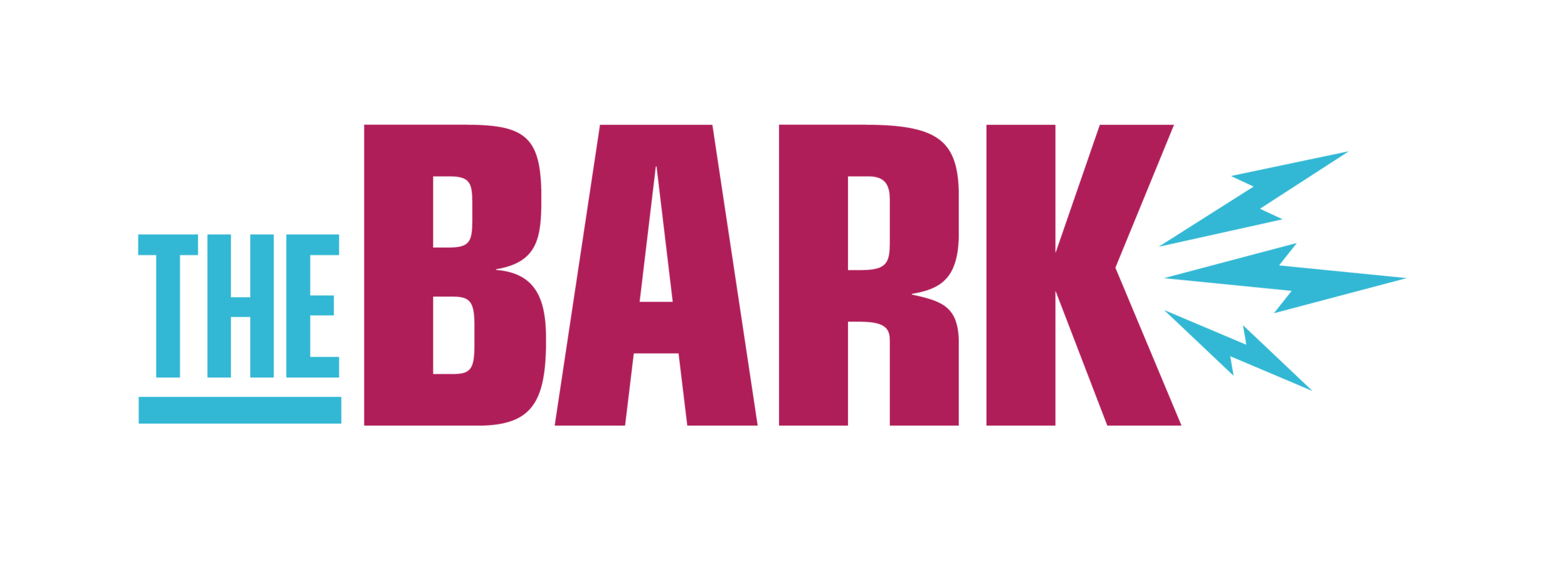The working climate at UMD: Is there a divide?
Written by Nicholas Peterson | Archived Nov. 10, 2020
Illustration by: Rebecca Kottke
The relationship between faculty and staff at the University of Minnesota Duluth has been a touchy subject in past years.
The work environment at UMD is made up of faculty, staff and administrators.
According to the UMD website, roughly 2,000 people work at UMD including 512 full-time faculty and 298 full-time professional, academic, and administrative staff.
Each group has different responsibilities and interests within the university, and sometimes those interests can clash.
“We have some things in common, absolutely,” said faculty member John Hamlin. “We also have different interests, and we have to recognize and work through those interests.”
Hamlin is a full professor in the Department of Sociology, and has been working at UMD since 1981.
“Faculty tend to see education issues as a faculty concern, and some staff can see that as belittling,” Hamlin said.
Staff are responsible for operating the different committees and organizations on campus that focus on student life and enhancing the college experience.
“Staff has a different role than faculty,” said Joel Sanderson, chair of the Staff Senate. “Our role tends to be more focused on students’ lives outside of the classroom.”
For example, student housing, the recreational sports and outdoor program, athletics, and other student life offices are all run by staff.
“We are offering some pretty important services that students want,” Sanderson said.
According to the 2015–2016 UMD campus climate survey, 50 percent of staff respondents, 233 people, seriously considered leaving UMD.
“Does staff sometimes feel we are lower in the food chain?” Sanderson asked. “Yes, sometimes there is a little bit of that feeling. It was evident a few years ago.”
Some of the reasons for leaving included financial reasons, increased workload, limited opportunities for advancement, feeling ignored or excluded and a hostile work environment.
“Has there ever been a real boiling point where staff has hated faculty?” Sanderson said. “No, I just think staff has felt a little under represented and maybe a little under appreciated.”
The 2015–2016 campus climate survey indicated 74 percent of all employees responded they felt either comfortable or very comfortable with the work environment at UMD.
The relationship between faculty and staff has been a topic of discussion for nearly a half decade.
“Every institution has certain divides, they’re almost natural, so nothing here in that respect surprises me,” said executive vice chancellor for Academic Affairs Fernando Delgado. “In terms of the faculty and staff divide, if people want to call it that, any number of folks have communicated that is a concern for them so I don’t want to discount that it isn’t an issue.”
The consistent year-to-year threat on budgets and leadership change at the highest levels can result in a lot of stress in the workplace. Stress can affect the way people do their job, and how they feel about the environment they work in.
In the last three to four years, campus change teams have been created to help improve the communication between faculty, staff and administrators. Campus change teams can be made up of faculty, staff, or a mixture of both, and they recommend up through the chain of command.
“I meet with them two or three times a year, we talk about what we are going to work on, if they need any resources or support, and they identify projects to work on,” Delgado said.
Current president of the Faculty Union, Rudy Perrault, believes that all employees, faculty and staff alike, now have a better understanding of what their role is.
“I think coming to that understanding probably solved some of the tension that may have resulted from disagreement about who should be doing what,” Perrault said. “Staff are participating in the education of the students as well because they are supporting us and they are supporting the students. I see that as just as important as teaching in the classroom.”



